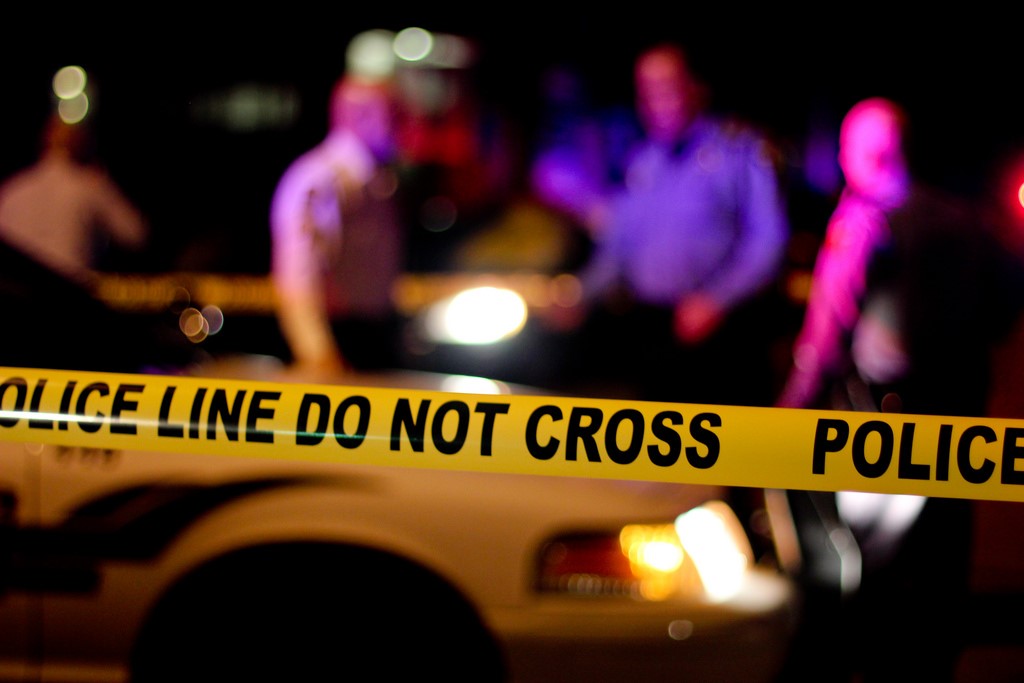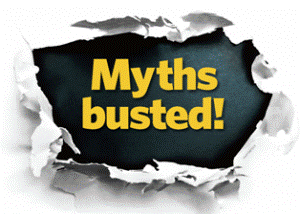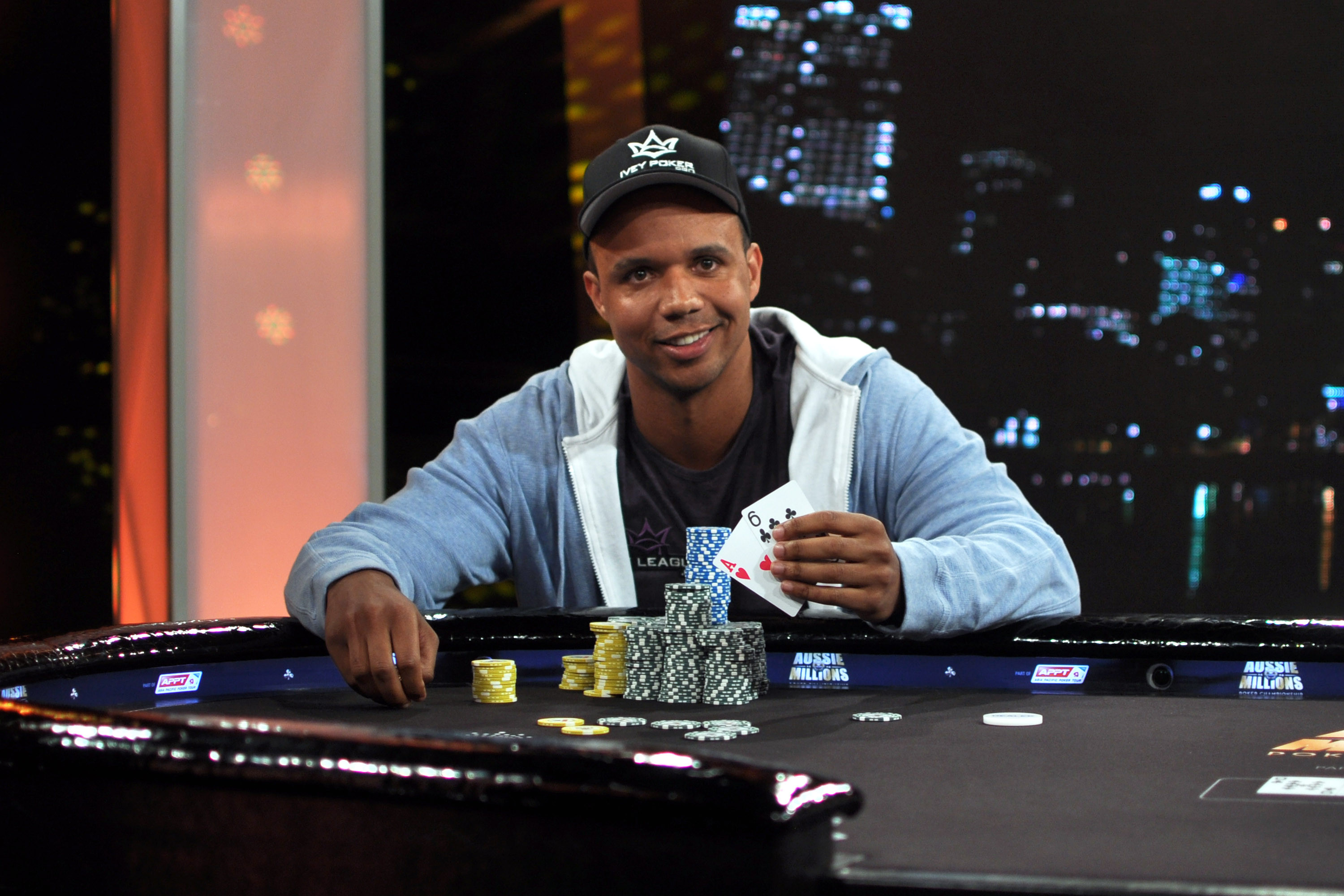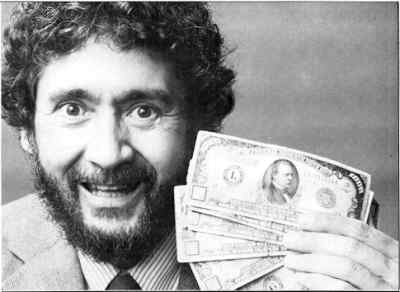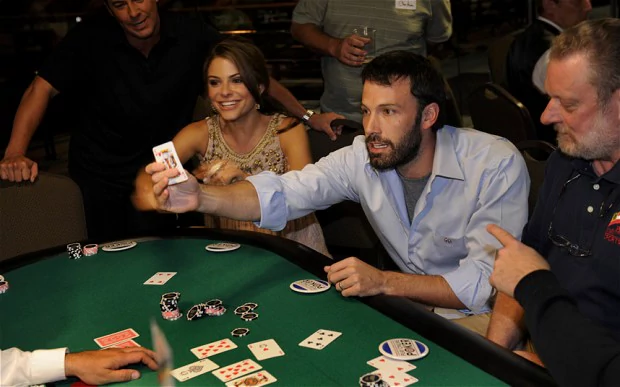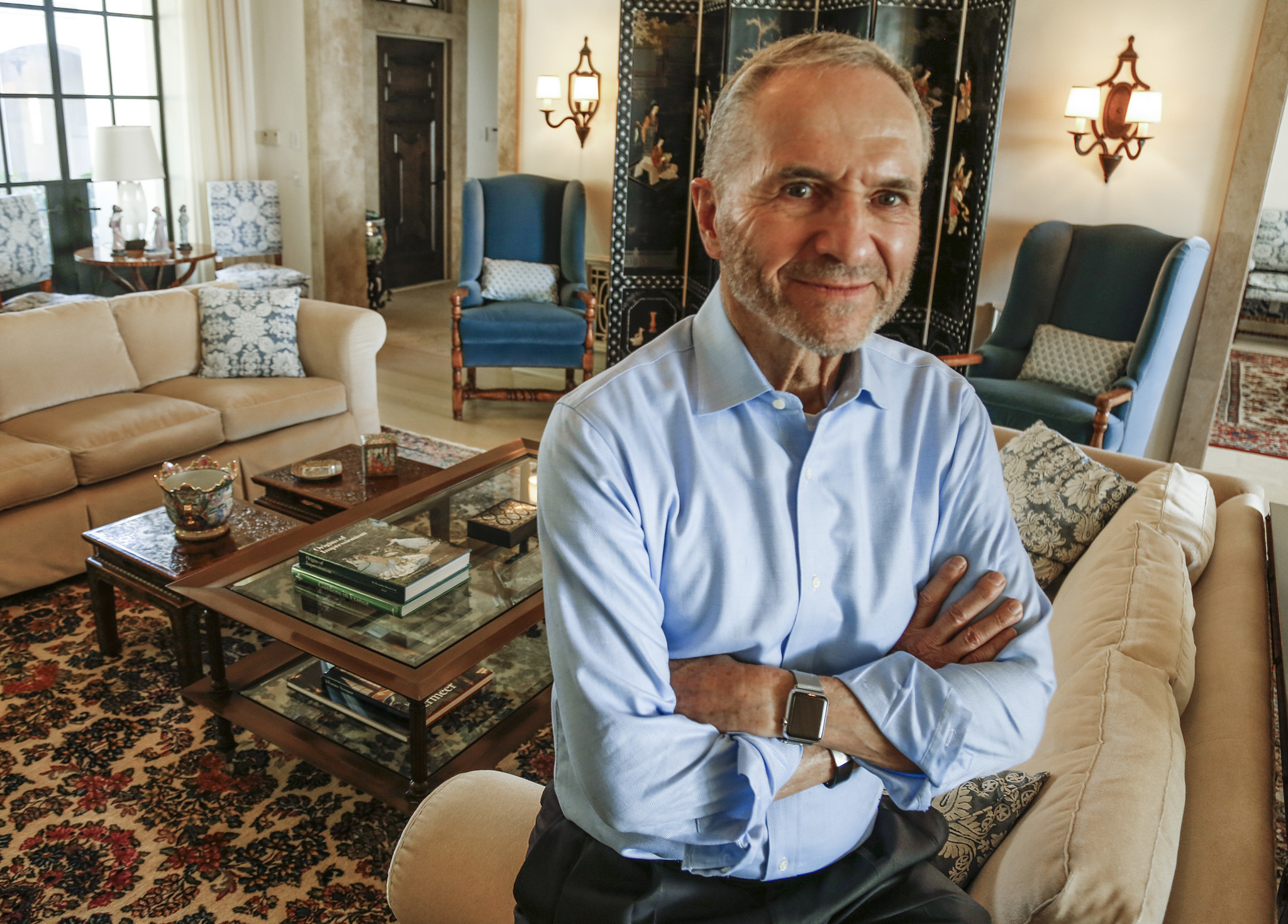What are the motives behind an attack in a casino town? Is it religious fanaticism, a grudge over a heavy loss, a quarrel between organized crime cartels or a moment of temporary madness overshadowed by a lifetime of gambling addiction?
In a “Terrorism Risk Modelling for Intelligence Analysis and Infrastructure Protection” report conducted by the RAND Center for the Department of Homeland Security, Las Vegas has “the ninth highest terrorist attack probability based on the city tier, number and types of targets available” with business centers and hotels carrying the highest risks.
The statistics belonged to a purely fictional scenario of the darkest undertones. Stephen Paddock, the 64 year old gunman who had just recently perpetrated the deadliest mass shooting attack in US history, brought cold data to gruesome reality.
Las Vegas Attack- October, 2017

Source: Twitter
The warnings played in the background- not least in the ISIS propaganda video showing footage of Las Vegas and calling on the supporters of the caliphate to attack the American population with anything on their disposal, from trucks to knives to guns.
But in a city where risk-taking amounts to capital and in a country where the number of firearms has surpassed the American population ever since Barack Obama era, Stephen Paddock seemed to have blended right in the landscape.
The gunman killed at least 50 people- the death toll is still preliminary- and wounded more than 400 festival goers as they were making their way home from the last night of the three-day Route 91 Harvest festival.
He took his position on the 32nd floor of the Mandalay Bay Hotel- propriety that belongs to MGM Resorts- and showered rapid fire onto the crowd causing stampedes, panic, and a rampage among the hundreds of people present in the square.
Minutes later, the police stormed the room in a rain of bullets, but Stephen Paddock might have already shot himself beforehand.
Investigators couldn’t trace any religious affiliations in his background. More than that, the gunman had never been on the wrong side of the law, his record showing exemplary behavior. Not even a traffic stop violation to dent his track record.
The police have called the gunman a “lone wolf” and suspect he was acting on his own.
Manilla Casino Attack- June 2017

Source: YouTube.com
When 42-year-old Jessie Carlos started accumulating debts of thousands of dollars and display all signs of a gambling addiction, his parents sent a request to the Phillipine Amusement and Gaming Corporation to ban their son from setting foot inside a casino. Their plea had been heard.
It was this exact interdiction that may have led the gunman through the doors of the Resort World Manila casino on an early Friday in June, 2017 and into a state of temporary madness that resulted in a total of 37 deaths- 24 guests and 13 employees.
Heavy armed and set on robbing the place, Jessie Carlos started firing shots from an assault rifle and setting gambling tables on fire while he stormed for one of the game rooms, grabbing chips of a total of $2,3 million.
Casino security managed to wound him before he fled the scene and took shelter in a nearby hotel. Before the police could engage him, the gambler turned gunman shot himself.
He was found later on in the morning, his body burned beyond identification. He had doused himself in gasoline.
Mexican Casino Royale- August 2011

Source: Wikipedia.org
While the mafia had run The Strip in a relatively peaceful and financially flourishing manner, the drug cartels of Mexico had been known to bully new casinos in town for a part of the proceeds.
When the Casino Royale of Monterrey, a violent Mexican city torn between two criminal syndicates- the Gulf Carter and Los Zetas, failed to subscribe to the threats, an armed squad belonging to the drug cartel Los Zetas stormed the premises in an early August night, 2011, at around 3 pm.
Several gunmen started beating up and firing at people, with later reports saying that they had warned some of the customers, mostly women, to leave the casino if they cared for their lives.
Some hid in the corners of bathrooms and offices, and only a few managed to get away. A crowd of 150 employees and clients stormed the emergency exits, blocking them instead in a stampede of panic and fear- it was later found out the exits had been locked. All this while, the gunmen doused the venue in gasoline and set the place on fire.
The flames spread quickly, trapping 52 people inside in less than 3 minutes. All the victims died from carbon monoxide poisoning. The perpetrators ran, but were later caught by the surveillance cameras.











